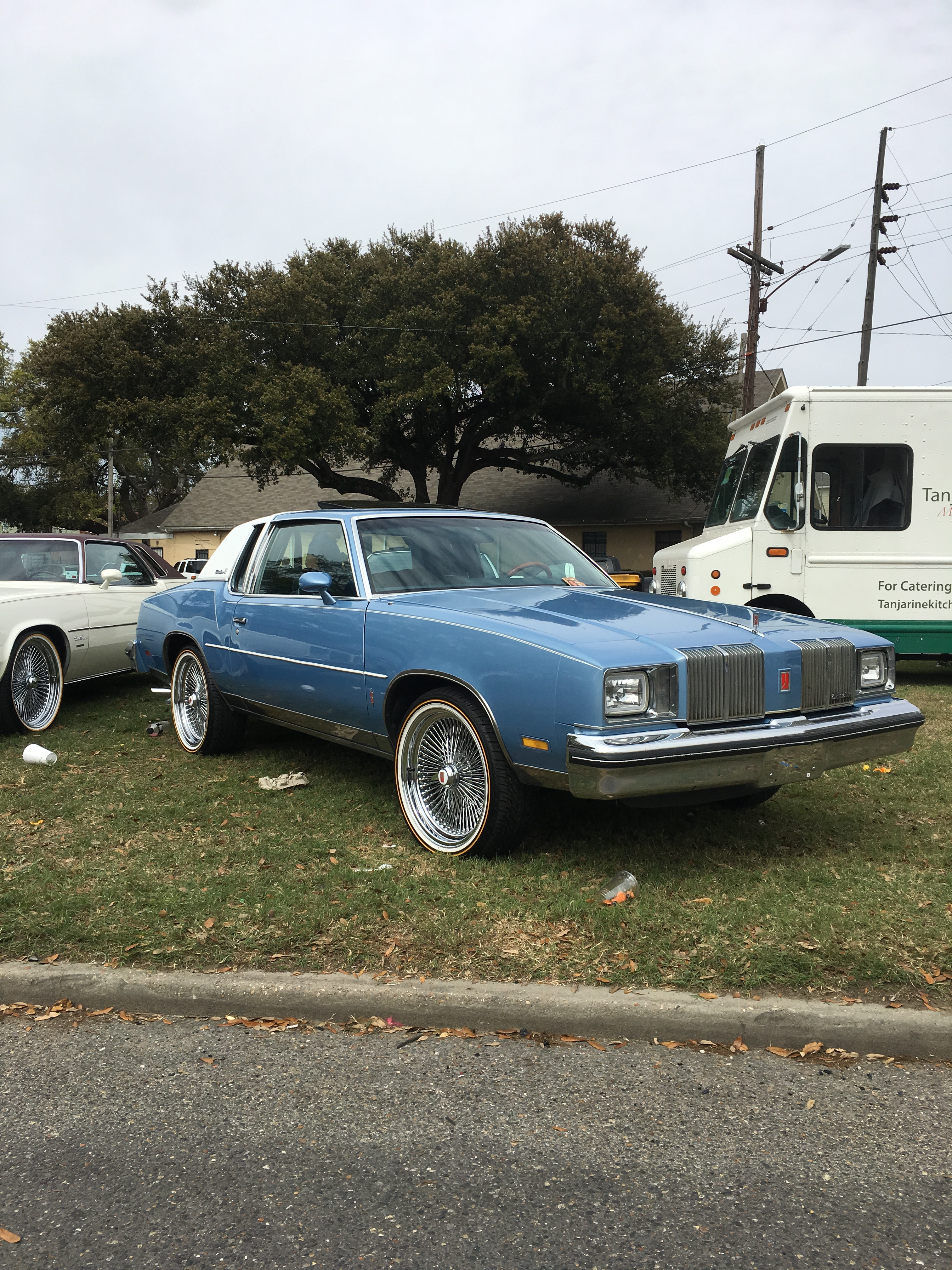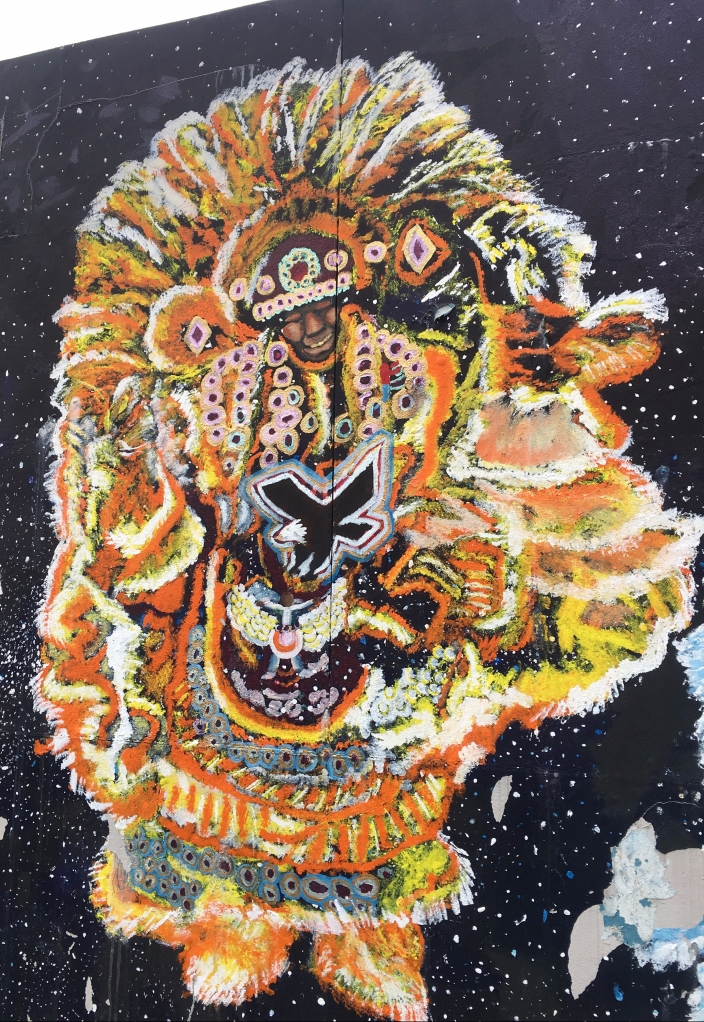
It is hard to put my experience in China in words…
My sense of time, first of all, was completely off the rails. The days blurred together and a year felt like a lifetime. Although I, as per the culture there, was completely consumed by work, I did find the time to explore the city of Shenyang and a bit of the surrounding area.
The weekends became opportunities to detach myself from the current and swim upstream. Well, I always felt like I was swimming upstream, but I would have a destination in mind on the weekends. A lake maybe, or a spring. Twice I made it all the way to the sea.
But this isn’t just a travel blog, I was in the midst of one of the most musically rich cultures in the world. Where were the musicians at?
The flute in the courtyard
In the center of the neighborhood apartment city, of which I was a resident, there was a small courtyard adjacent to a pond. From this courtyard, occasionally, I would hear the sounds of a flute wafting up through my 25th floor window. One day I decided to investigate and came across the musician playing next the pond. He was an elder man sitting on a stool playing out over the water.
The instrument he was playing was a Dizi, a traditional Chinese flute played horizontally similar to a western flute. However, the Dizi has a unique feature. An ultra thin reed membrane covers a hole between the mouthpiece and the finger-holes, which produces a bright, nasaly tone. The buzzing produced from the membrane creates a new pitch, and the added harmonics from that pitch make the overall sound produced much sharper.
The man in the courtyard was practicing what seemed a familiar tune. Not playing in any particular time signature, his phrasing was long and flowing. Like a run on sentence full of brilliant adjectives. Because of the language barrier, I was unable to talk with him about his music. And yet his music resonated within me. I also longed for Spring.
The Storefront on Nanjing st.
I heard from a friend that there was a music street in town. An entire block of instrument storefronts. One day, I navigated the subways and streets in order to find it, Nanjing street. It was about 2 blocks of instrument shops on either side, selling a variety of different instruments, some traditional and some western. I was there to buy a guitar, but one of the first stores off to my left caught my eye. It was full of these long, wooden, decorated instruments called guzhengs. Each guzheng had 21 strings, some were hanging up vertically covering the walls, and the others were on stands horizontally taking up the floor space. They were huge!

The guzheng is a Chinese plucked zither, ie an instrument with many strings along a long flat body. It is traditionally tuned to D pentatonic, skipping the 4th and 7th interval. This means that it sounds good no matter what you play. You use your right hand to pluck the strings, and your left rests on the left side of the bridge, bending the strings to add vibrato or to change the tone. You can bend them a full whole step by pressing down hard. This allows the player to play any scale when they are skilled at manipulating the strings.
I browsed the shop for a while and then asked if I could try and play one. The woman I spoke with brought me over to one of the instruments in the middle of the room and demonstrated it for me. I was blown away the moment she started playing. Every moment of the song resembled a section of a river. A flowing stream. Frantic rapids. And, most recognizable, the cascading waterfall. And the depth! The low notes combined with the natural reverberation filled the entire room with beautiful sound.

The Trip home
My experience in China ended in a peculiar way. In June 2020, when I was due to return home, Covid was a very serious concern worldwide. I had made it to Shanghai, but my flight back to the States had been overbooked, and half of us were bumped off the flight. We were given a verbal guarantee that we would be on the next plane out, 2 weeks later.
While stranded in Shanghai, I took it all in one last time. The evenings dancing in the parks, the busy afternoon street markets. I wandered through the streets, eating steam buns and egg tarts. Walking the bund, watching the dancers in the park, listening for birds.


 And of course, the brass!!!! Assortments of brass and drums (oh the tubas I’ve seen!) that come together to form the second line. It’s the most powerful music in New Orleans, in my opinion. They play standing or marching, all the sound going in one direction. Standing in front of them is like getting hit by a train. But it feels so good! I have seen around 20 different second lines since I moved to the city.
And of course, the brass!!!! Assortments of brass and drums (oh the tubas I’ve seen!) that come together to form the second line. It’s the most powerful music in New Orleans, in my opinion. They play standing or marching, all the sound going in one direction. Standing in front of them is like getting hit by a train. But it feels so good! I have seen around 20 different second lines since I moved to the city.